Guzelyurt (Gelveri)
Güzelyurt (Gelveri): A Hidden Civilization at the Foot of Mount Hasan
Historical Background
Situated on the southwestern edge of Cappadocia, beneath the slopes of Mount Hasan, Güzelyurt is a town in Aksaray Province with deep historical roots. Known in antiquity as Karballa and as Gelveri during the Byzantine and Ottoman eras, its name in Greek means “beautiful water.” Human traces here date back to the Paleolithic Age, while the Hittites, Persians, Romans, and Byzantines also left their mark.
In early Christianity, Gelveri became a significant religious center. It is considered the birthplace of Saint Gregory of Nazianzus, one of the great Cappadocian Fathers of the 4th century. This heritage made the town a focal point of spirituality, reflected in its rock-cut churches and monastic complexes.
Following the 1924 population exchange, the Greek Orthodox residents departed for Greece and Muslim migrants from the Balkans settled in their place. In 1965 the town was renamed Güzelyurt. Today, it preserves its multicultural identity as a quiet Anatolian town with a rich historic texture.
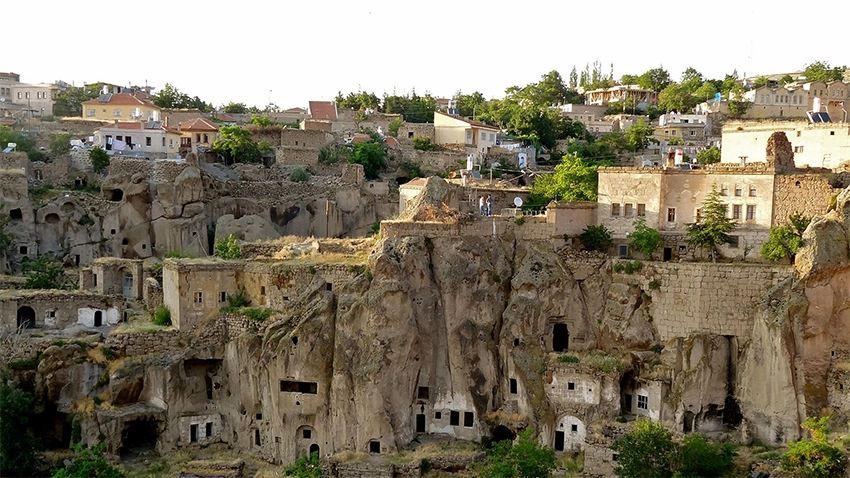
Churches and Historic Buildings
Church Mosque (Gregory of Nazianzus Church)
The most prominent landmark is the former Church of Saint Gregory, now known as the Church Mosque. Rebuilt in 1896, this grand basilica was converted into a mosque after the population exchange, with the addition of a minaret. Its three-aisled basilica plan, wooden galleries, and faded frescoes still reveal Byzantine influence. In the courtyard, a sacred spring (ayazma) and descending stone steps stand as unique architectural and cultural elements.
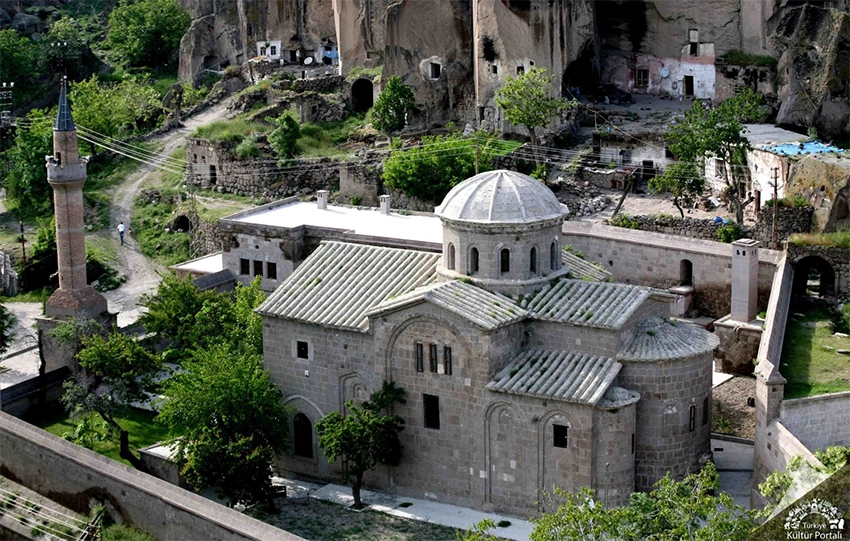
Yüksek Church (Analipsis)
Located on a hilltop just outside town, Yüksek Church combines architecture with stunning panoramas. Believed to have been a retreat for Gregory of Nazianzus, the small chapel resembles a watchtower overlooking Mount Hasan and the town. Sunset is the best time to visit.
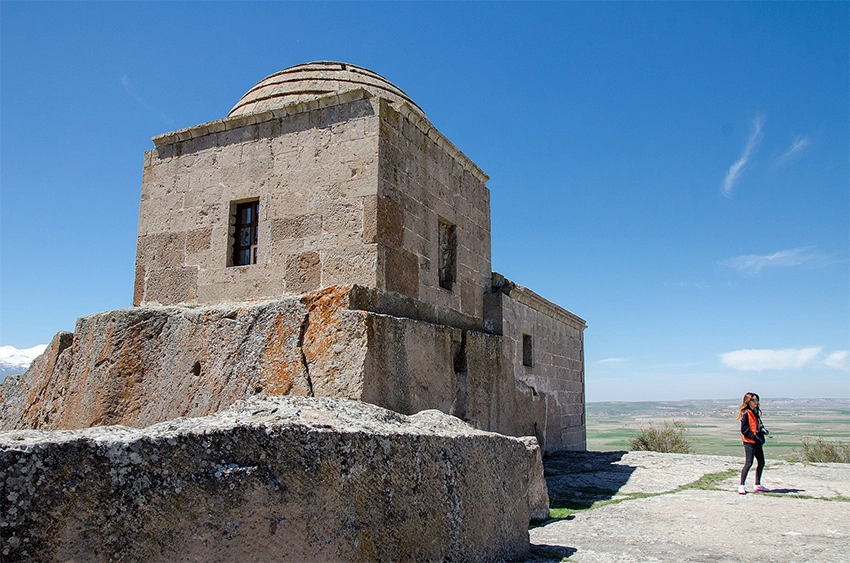
Stone Houses, Underground Market and City
The narrow streets of Güzelyurt are lined with old Greek stone mansions, many restored as guesthouses and boutique hotels. A small underground market and a compact multi-level underground city add to the town’s charm, reflecting its strategic and resourceful past.
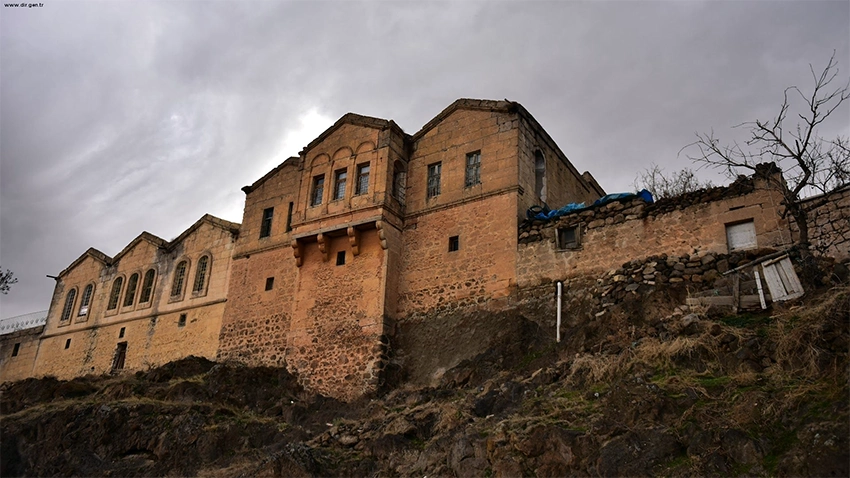
Monastery Valley
Just below the town lies Monastery Valley, one of Güzelyurt’s most distinctive landscapes. Stretching 5.5 km, it is Cappadocia’s second-largest rock settlement after Ihlara Valley, with 28 identified churches and two underground cities carved into the cliffs.
Notable Churches in the Valley
- Sivişli Church: Preserved entrance arches and a dome fresco of Christ.
- Kokar Church: Named after the odor from eroded frescoes; still displays faint biblical scenes.
- Koç, Çömlekçi, Kalburlu, Kömürlü Churches: Small one-aisle chapels; Kalburlu features depictions of Saint George.
- Other features: Wine cellars, monk cells, storage rooms, and passageways illustrate the monastic life; at the entrance stands Gökgöl Mosque, originally a rock-cut church later converted into a mosque.
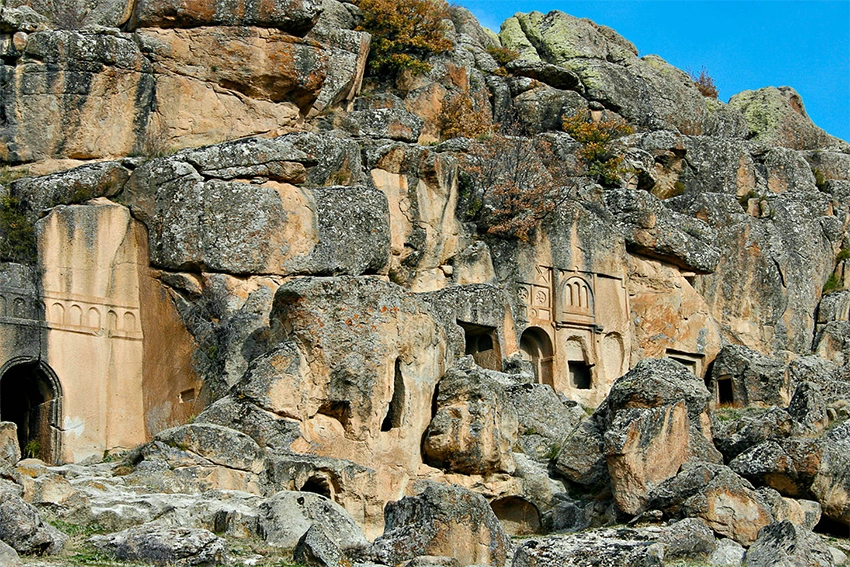
Red Church (Kızıl Kilise)
Five kilometers northwest of Güzelyurt rises the monumental Red Church, one of Cappadocia’s oldest freestanding churches, dating to the 6th century. Built from red volcanic tuff in a Greek cross plan, it is believed to be where Saint Gregory once served and possibly died.
With its apses, cross carvings, and rural steppe backdrop, the Red Church is most spectacular at sunset, glowing with golden light.
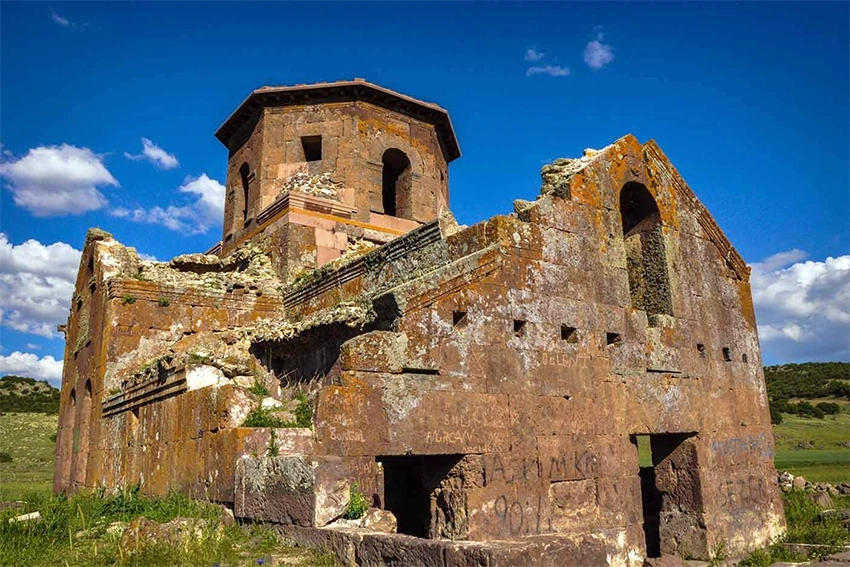
Visitor Information and Tips
- Access: Güzelyurt is 45 km from Aksaray and 75 km from Nevşehir. It can easily be combined with a trip to Ihlara Valley.
- Church Mosque: Open daily; best visited outside prayer times.
- Monastery Valley: Open in summer from 08:00–19:00 with a small entrance fee. Museum Pass is valid. Comfortable shoes and a flashlight are recommended.
- Accommodation: Restored Greek mansions now serve as guesthouses. Local specialties include Gelveri tava and grape-molasses desserts.
Photography Highlights
- Lower Quarter: silhouette of the Church Mosque with minaret and former bell tower rising above stone mansions, especially in morning mist.
- Monastery Valley: midday light-and-shadow contrasts for dramatic rock church photos.
- Red Church: glowing at sunset with the steppe backdrop for monumental shots.
- Yüksek Church: wide-angle views across the reservoir and Mount Hasan.



